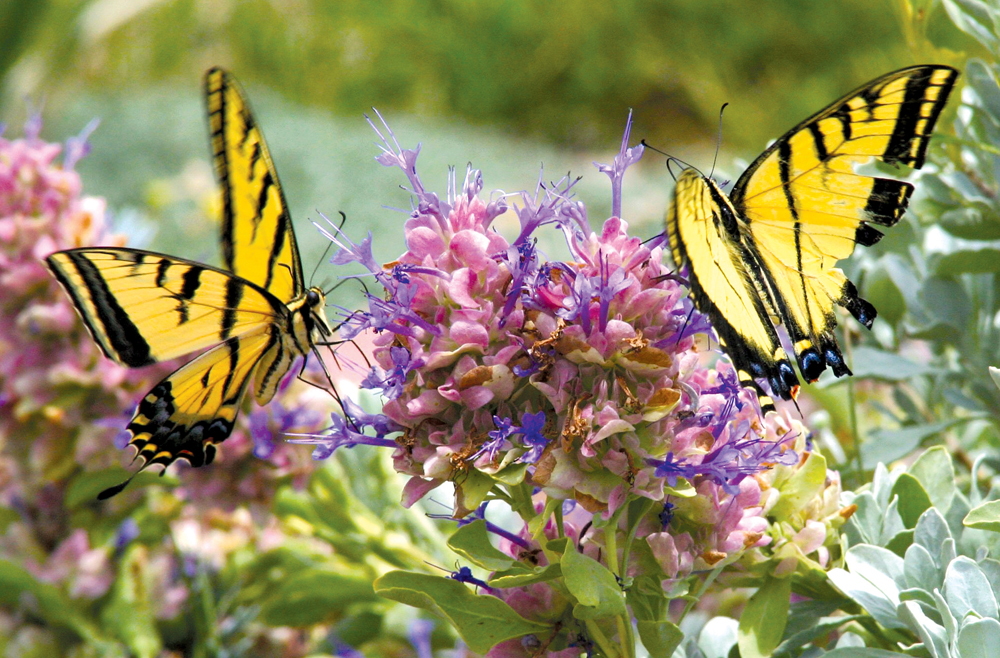
The most important secret to repel bugs and insects from the garden is to grow the healthiest plants possible. Most pests tend to attack plants that are stressed in some way, so by keeping your garden stress free, you may avoid the pest issue altogether. Proper soil preparation, good watering techniques, and spring cleaning are […]
Read More…
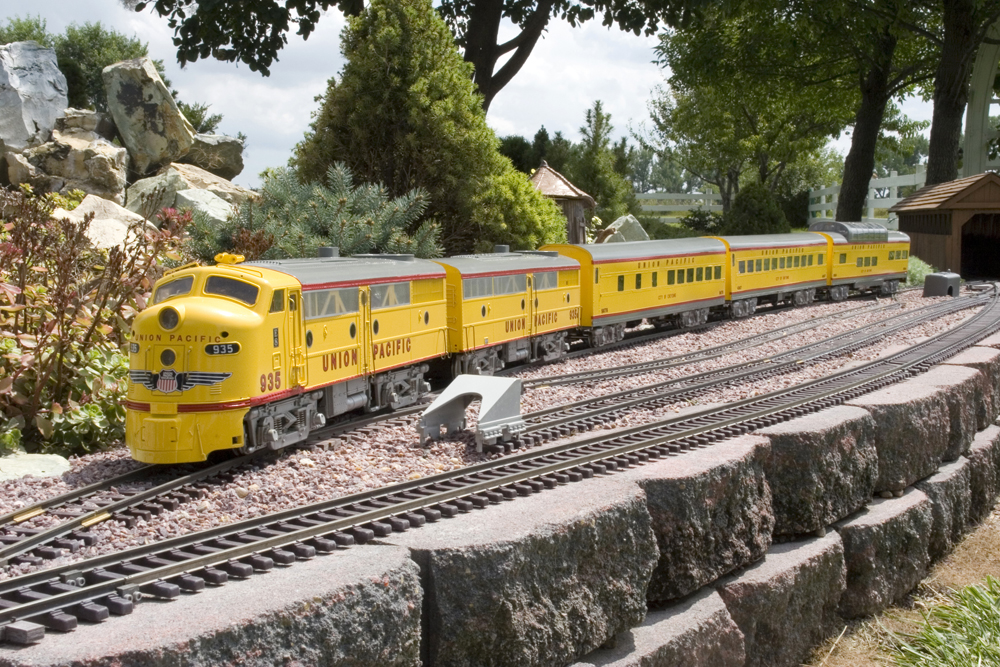
Mainline railroading in the 1950s Railway at a glance Name: Spring Creek Railroad Size of railroad: Roughly 24′ x 62′ Scale: 1:29, 1:20.3, and 1:32 Gauge: 45mm Era: Circa 1950s Theme: Mainline railroading, mostly passenger and freight; some narrow gauge and branch/trolley line on the inner loop Age: 14 years Motive power: Live steam, track […]
Read More…
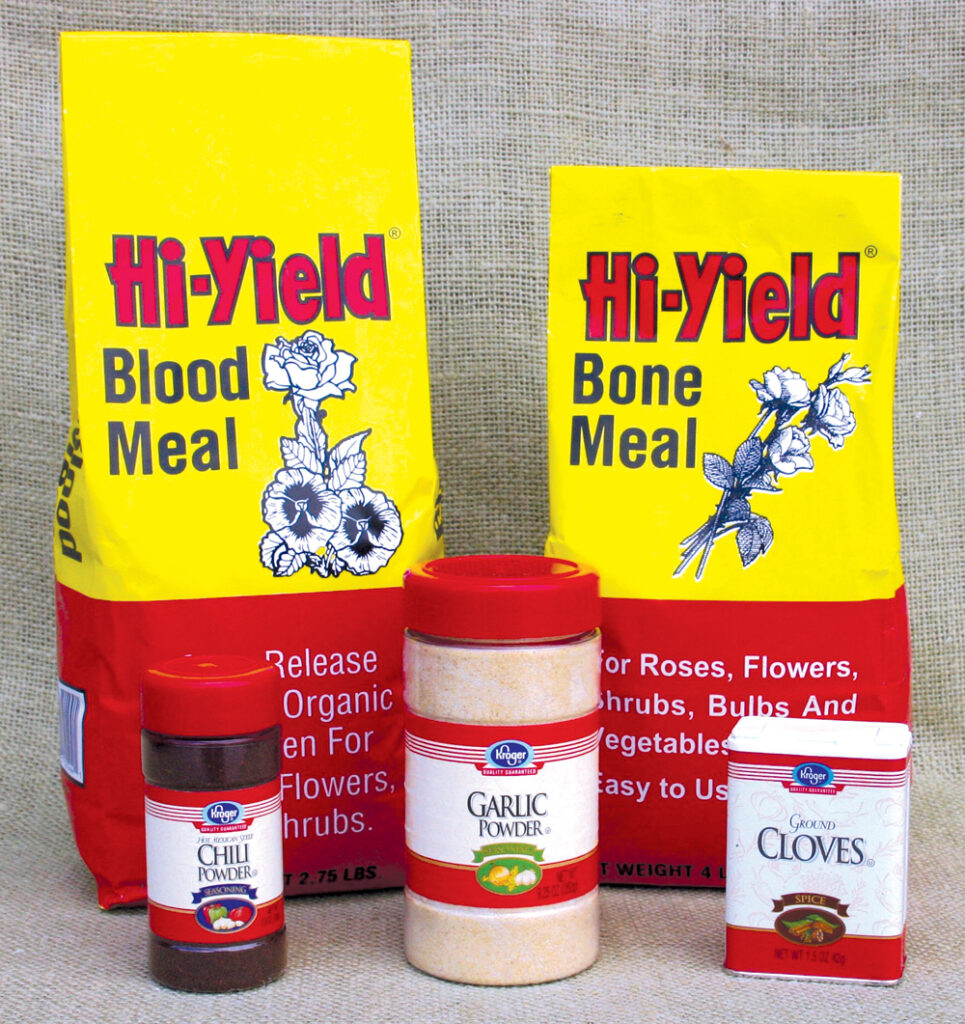
There are as many suggested ways to repel deer and rabbits as there are baby bunnies in my neighborhood. Physical barriers (fences) are probably the only sure-fire way to keep critters out of your railroad, but are expensive, often impractical, and usually unsightly. Next in order of effectiveness is to use plants that are less […]
Read More…
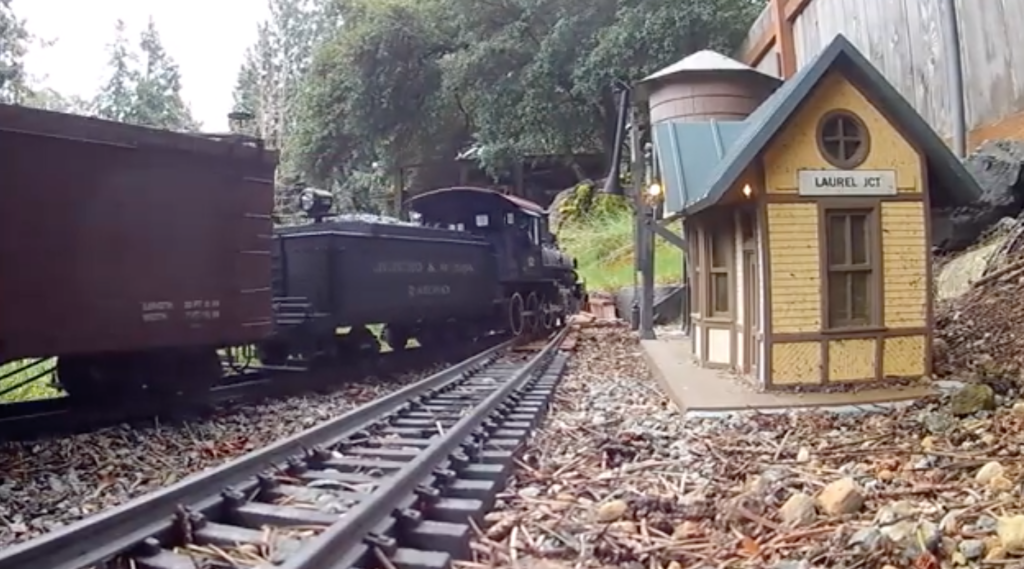
Name: Ray Wheeler Railroad Name: Jericho & Mt Zion Railway Location: Lynnwood, WA Scale: large scale Theme: Tourist railroad with freight operations in the modern era. Description: “Rollin’ By on the Hill” – J&MtZ trains rolling by on the 3% grade at Laurel Jct. Music from YouTube Sound, “Everything Where It Needs To Be” by […]
Read More…
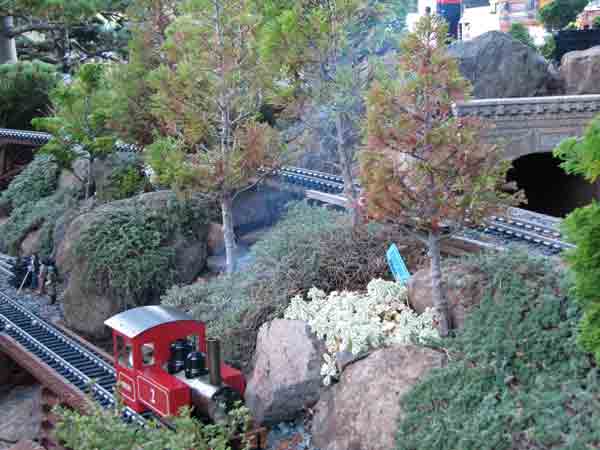
Top Point white cedar tree Common name: Top Point white cedar Latin name: Chamaecyparis thyoides ‘Top Point’ Plant type: dwarf conifer Plant size: 4-5′ at maturity USDA Hardiness Zones: 3-9 Cultural needs: Moist or average, slightly acidic soil; full sun Classics among railway forest trees are the many, dwarf varieties of Chamaecyparis thyoides, the native […]
Read More…
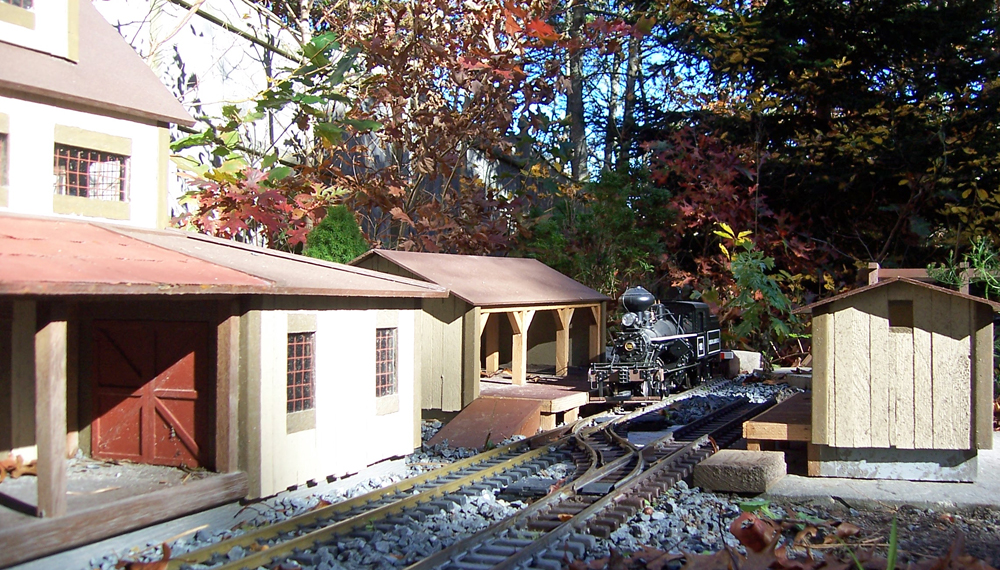
It is difficult to keep garden railroad buildings dry. We have all spent hours constructing fine models of buildings for our railroads. Depending on your climate, they are not out long before they start to decay. More and more modelers are turning to plastic composite materials to build with, but certain plastic materials can be […]
Read More…
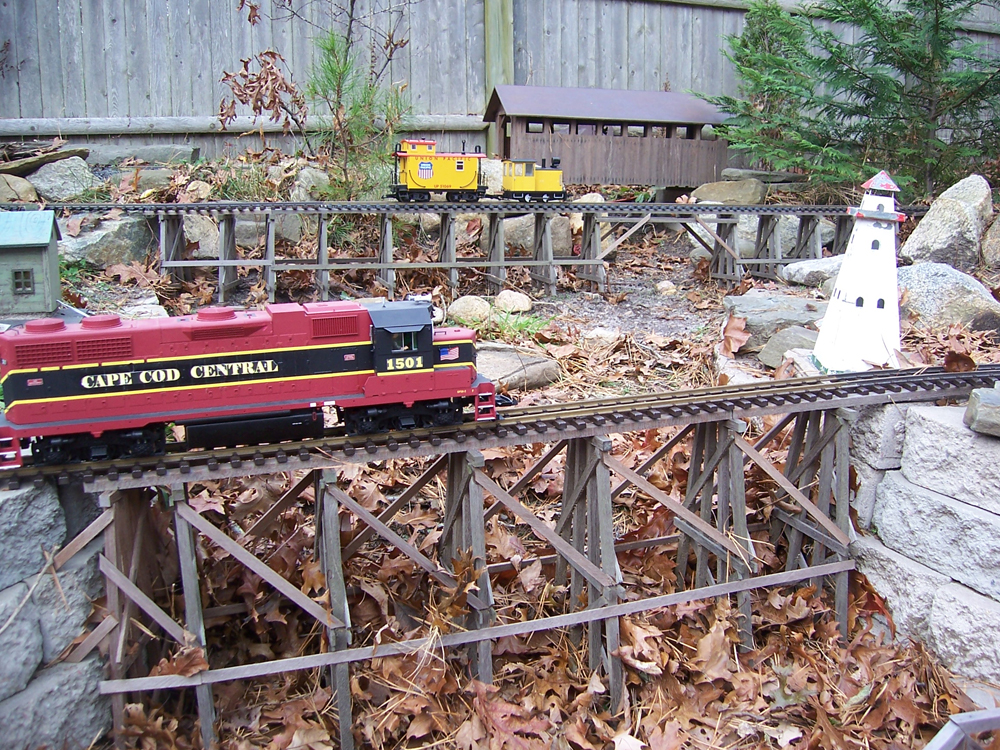
In the fall, it seems all I do is remove leaf debris from trestles. If you have trestles on your railroad, you have probably noticed how they can become excellent leaf traps. Most of my main line is located under trees, and as a result I get piles of leaves. Often, I need to use […]
Read More…
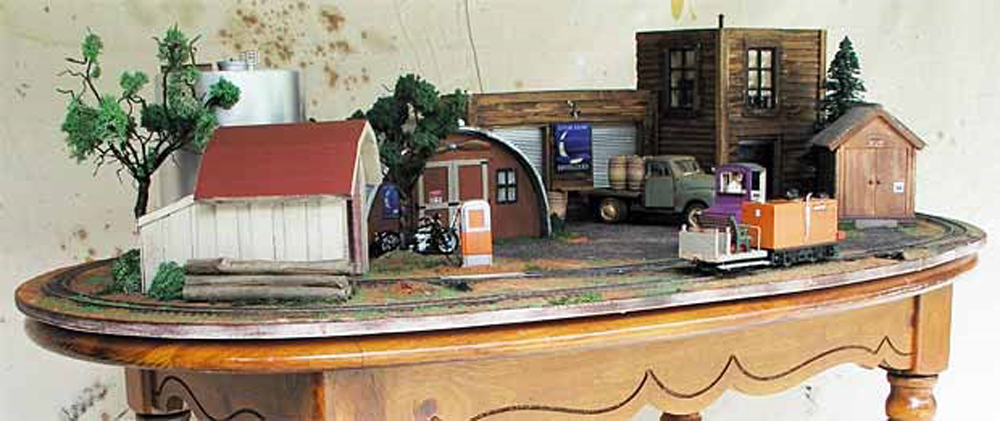
Meet James Royal How did you get started in the hobby? I got started with my Dad back in the 1950s. He had a modular Lionel O scale layout in our attic with a Santa Fe Super Chief AB set with freight cars that was about 8 x 24 feet and included several operating accessories […]
Read More…
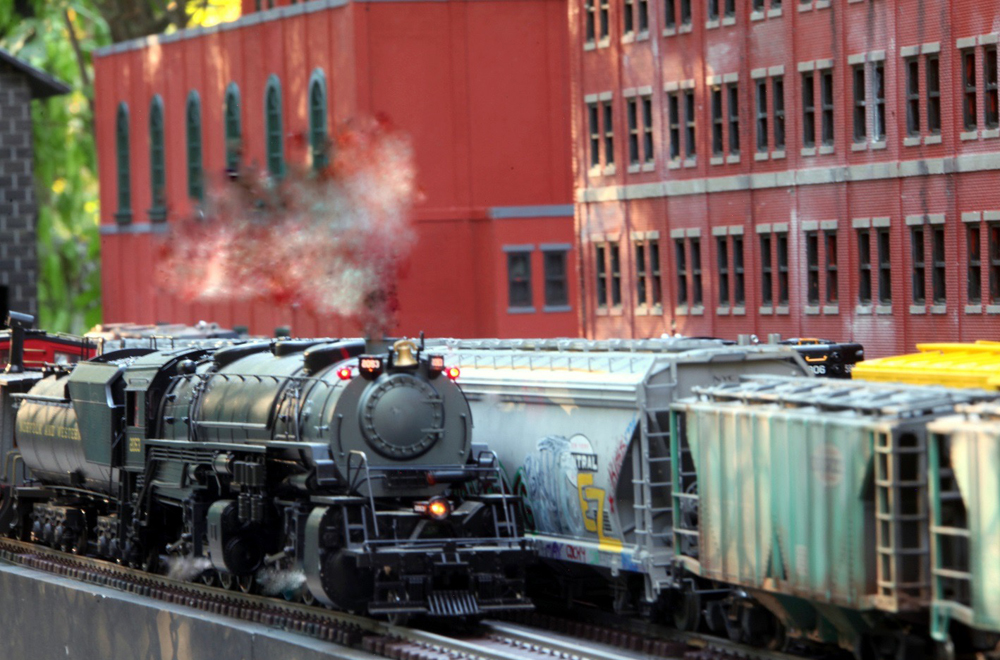
Realistic operations on a raised railroad: In my first garden railroad, (see Garden Railways May-June 1990), The Great Lakes and Gazebo Railroad, the objective was to add interest to my garden, have fun around the pool, and engage my kids in a new way to play with Dad. My new chapter had to include a […]
Read More…
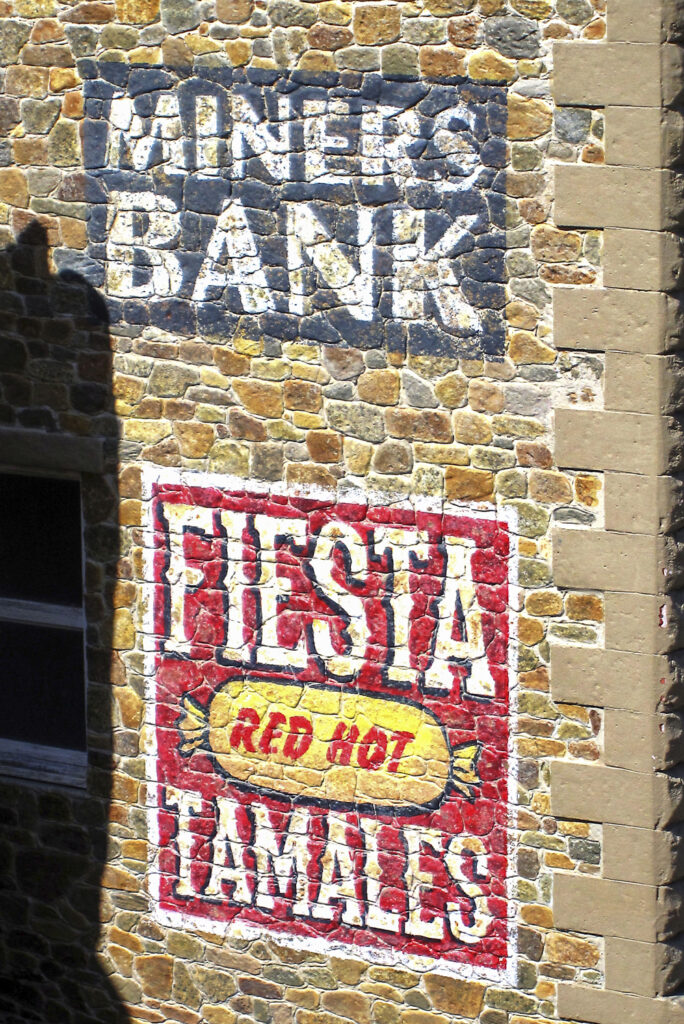
We share five ways to make durable signs for your large-scale structures. Methods include using decals, vinyl stencils, styrene and magnets, and more. Weathered enamel signs Here’s an easy way to simulate old, rusting enamel signs. First, invent and print the sign, or take a photo of a real one. Print the image on glossy […]
Read More…
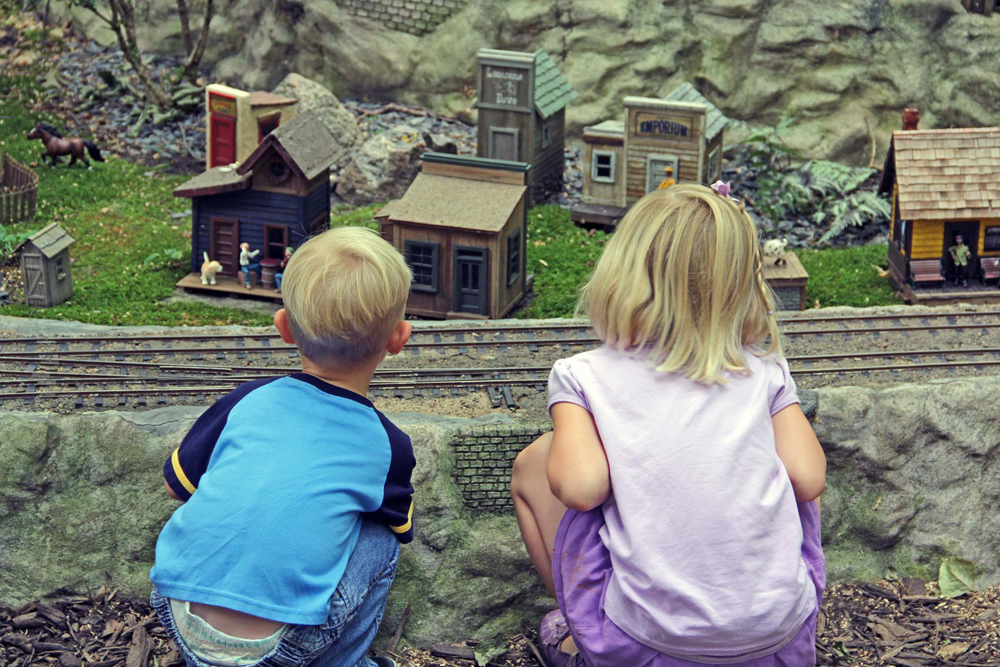
What my garden railroad taught me: Our first garden line, The Johnsville & Cripple Creek, was complete – as these things go. We moved. I looked forward to starting over. Construction on the Hitchcock Railway began a few months after moving in – and continued for more than 10 years. When NMRA National Convention visitors […]
Read More…
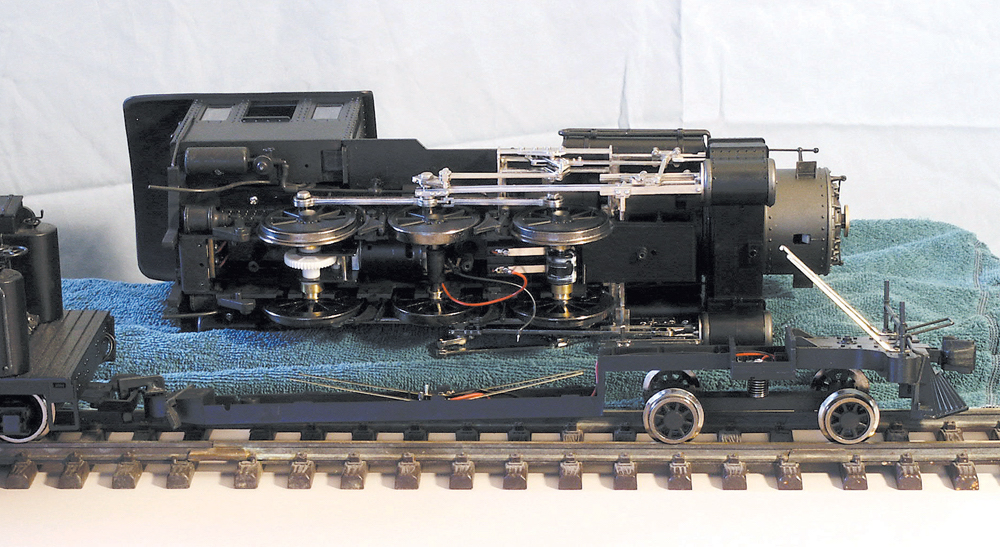
It makes good sense to maintain your large-scale equipment. Basic maintenance is the key to reliable operation. There are several simple things you can do to keep your trains running through the garden. Basic locomotive maintenance Many manufacturers include exploded drawings or written instructions on how to properly lubricate the gears. All moving parts should […]
Read More…












